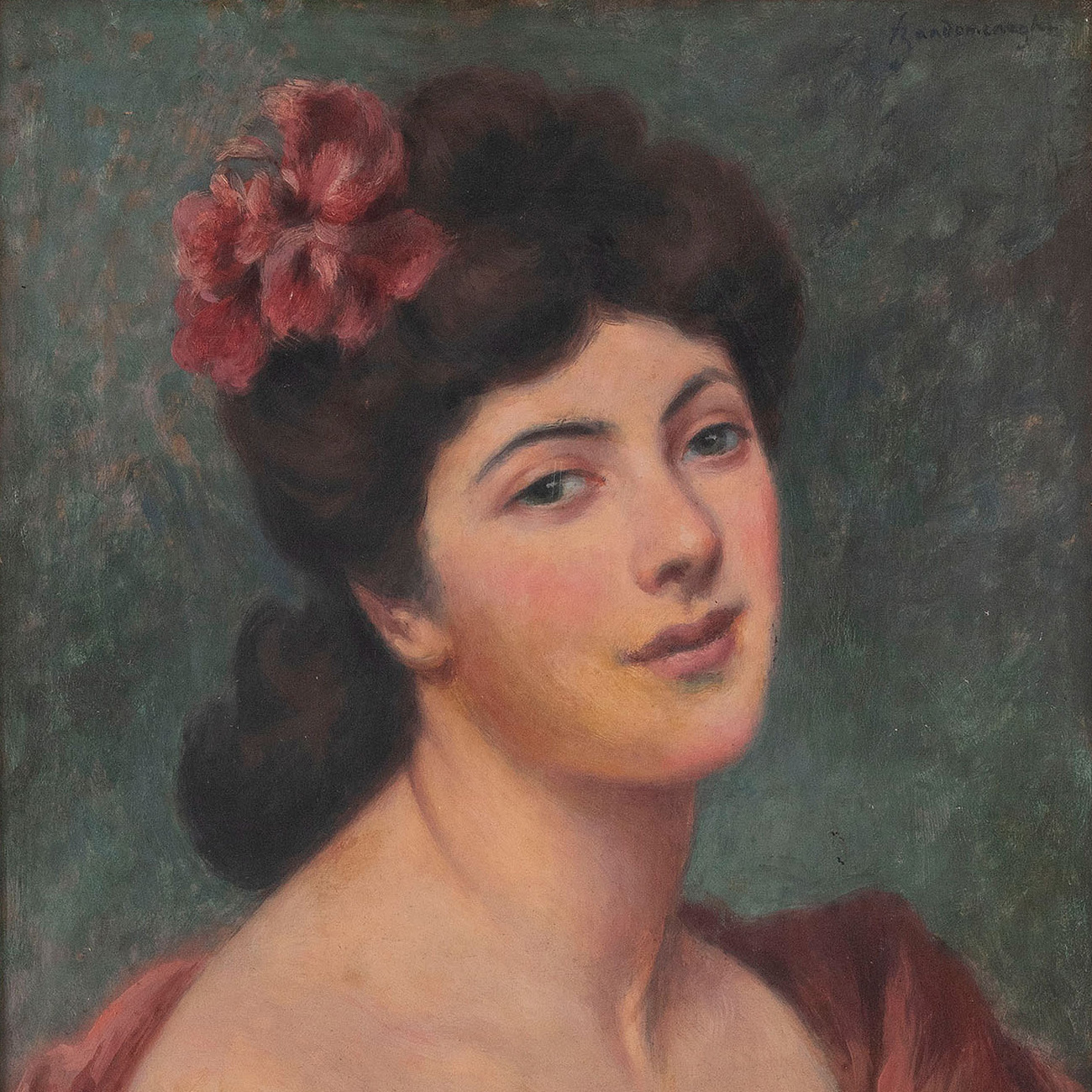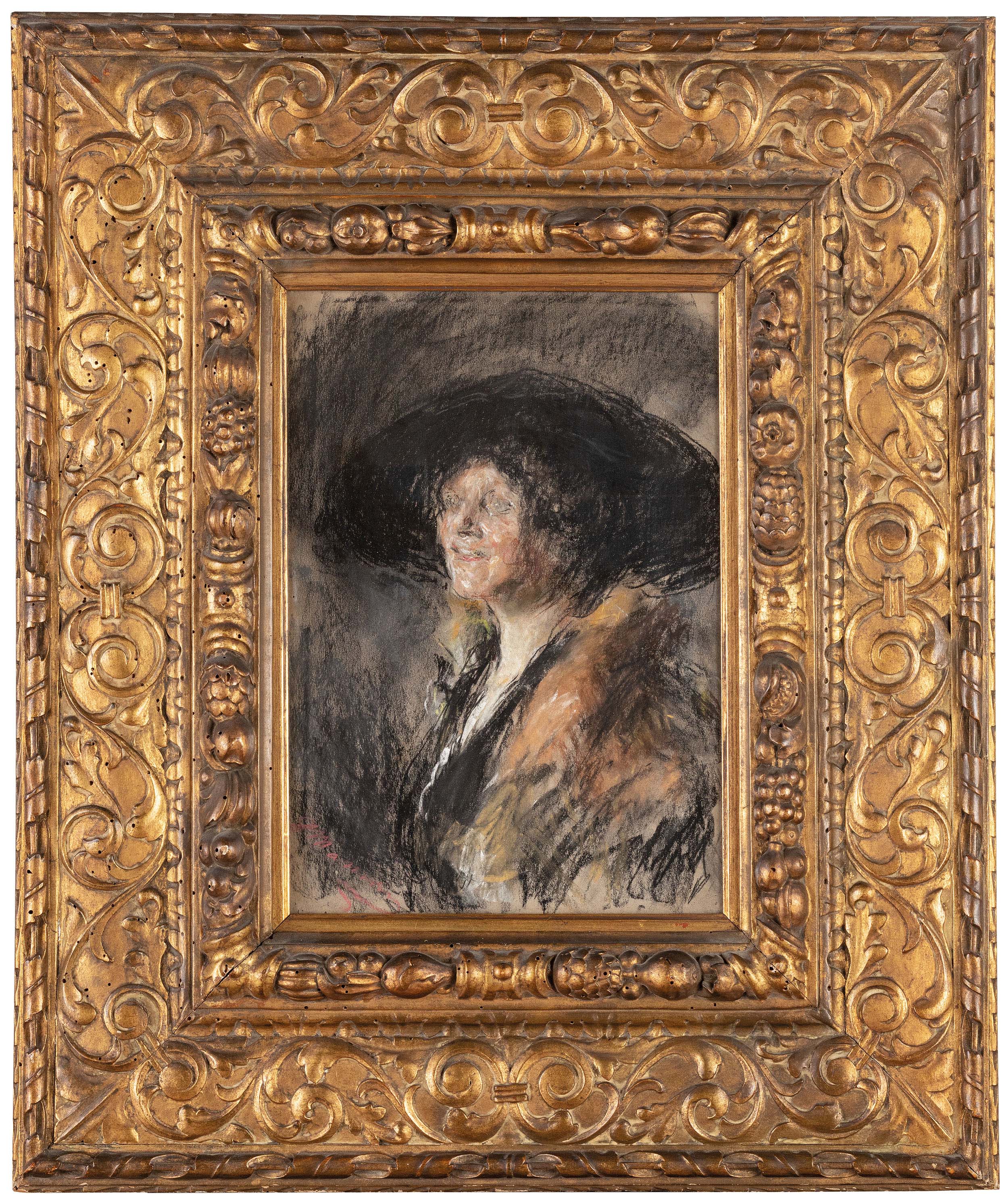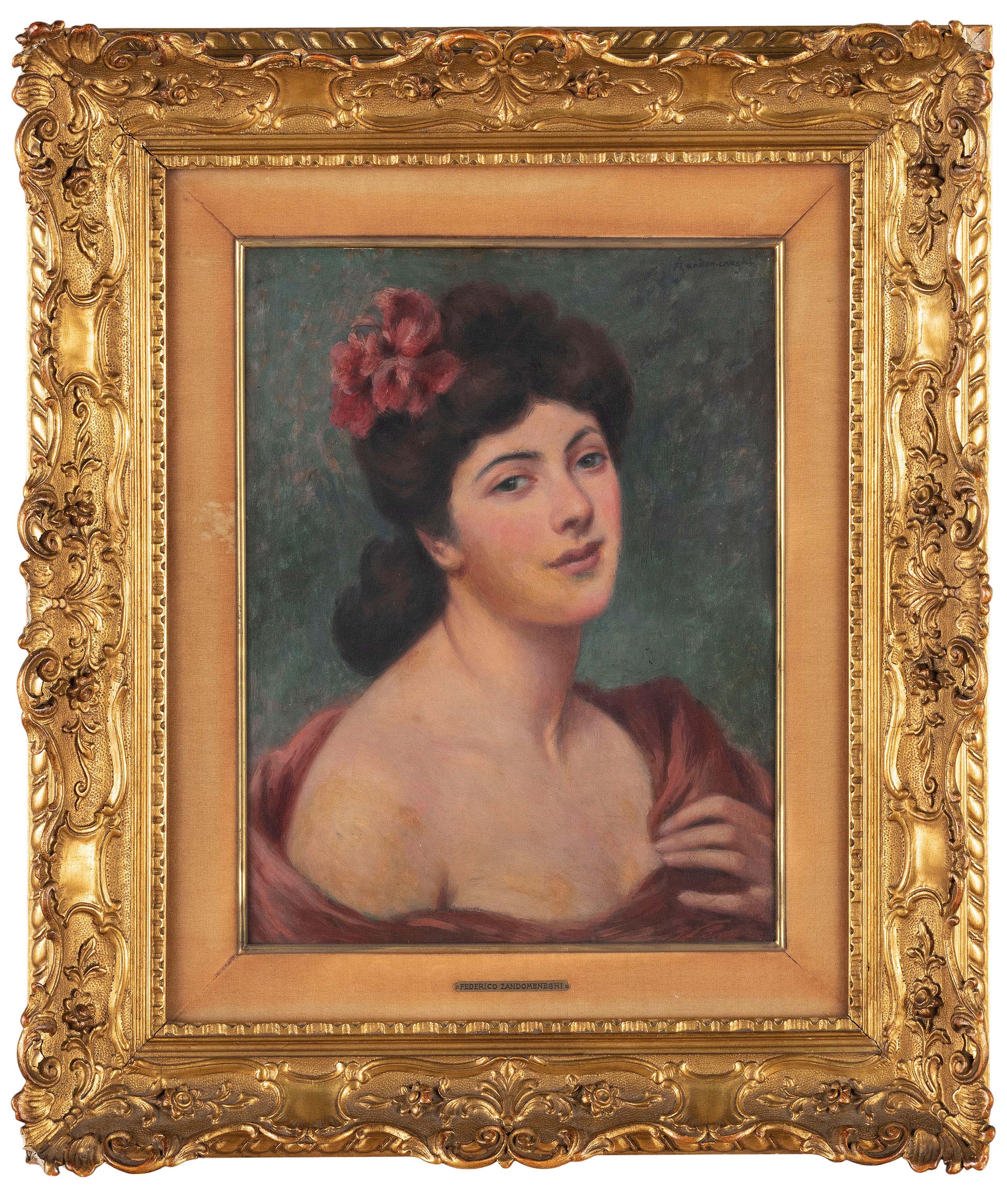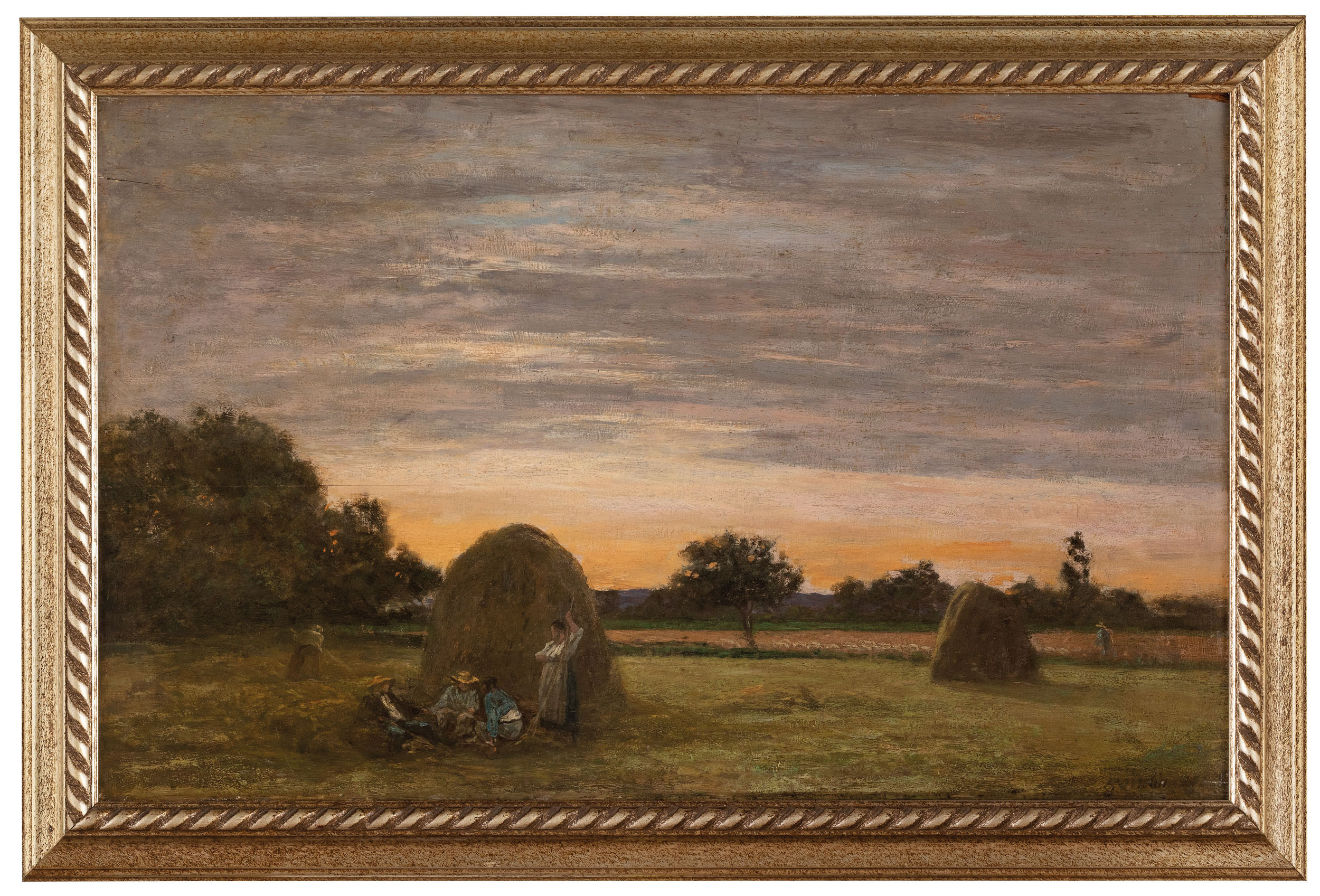Antonio Mancini (Albano Laziale, 1852 – Rome, 1930) appears as a dazzling exception in the panorama of Italian painting in the second half of the 19th century: his ability to be free of all constraints, to go beyond verism, the stain, and the history painting, he projected himself with brilliant intuition towards a modernity suggested to him by the themes, or rather by the pauperistic models he had encountered during his youth spent in the alleys of San Gregorio Armeno in Naples. A pupil of Domenico Morelli together with his friend Vicenzo Gemito, from the outset his painting appeared influenced by the powerful Neapolitan and Dutch luminism of the 17th century, but also by the sumptuous compositional and chromatic monumentality of Édouard Manet. Already a much-loved artist in his lifetime, in Venice he was admired by John Singer Sargent and the American collector Isabella Steward Gardner, witnesses and protagonists of a Belle Epoque where aristocracy and the great bourgeoisie combined social privilege with great attention to the arts. In the forthcoming auction of 19th Century Paintings on 30 November, a delicate pastel on paper depicting the Portrait of a Noblewoman (lot 344, estimate EUR 1,500-2,000) will be hesitated, where the delicacy of her touch is highlighted.
About ten years younger is Federico Zandomeneghi (Venice, 1841 – Paris, 1917), one of the great protagonists of the second half of the 19th century who confronted and established himself in the glittering Paris of the fin de siécle, present in the catalogue with Bust of a Woman, Red Flower in Her Hair (lot 342, estimate Euro 80,000 – 90,000). In 1859, he left his native Venice to avoid being conscripted into the army and enrolled at the University of Pavia. He then went to Florence, where he stayed until 1866. Here he met Signorini and Diego Martelli, from whom he drew inspiration. In 1874 he was in Paris for what he thought was a short trip: he would stay there for the rest of his life. A frequent visitor to the Café de la Nouvelle-Atene and a close friend of artists such as Sisley, Pissarro and Degas, in 1893 he exhibited in the gallery of Paul Durand-Ruel, who became his dealer of choice. His delicate female figures, chosen from the Parisian petty bourgeoisie, depicted in the intimacy of the home or in society, or strolling in the avenues of Paris, are characterised by a solid technical skill in drawing and a great psychological capacity, characteristics that would guarantee the painter’s success. In Zandomeneghi, the skilful use of colour with its Venetian roots combined with the influence of the Tuscan Macchiaioli always remains alive.
An original artist with an independent character is certainly that of Eugène Boudin (Honfleur, 1824 – Deauville, 1898) – whom we can admire in the oil on panel depicting La Moisson (lot 362, estimate 30,000 – 35,000 euros) who, when he was admitted to the Salon in Paris for the first time in 1859, won the admiration of Charles Baudelaire’s demanding critical eye.
In 1874, he participated in the first exhibition of the Impressionists, of which he is considered one of the founding fathers, held at Nadar’s. After moving to Deauville, he made numerous trips to Italy and the Côte d’Azur, devoting himself above all to marine views. A landscape painter, a lover of en plein air painting, Boudin differed, however, from the realistic and romantic expression typical of the exponents of the Barbizon School for his attention to the changing effects of light, which earned him the nickname of ‘king of the skies’ from Corot for his innate ability to paint, by feeling, the clouds in their infinite and airy shades of blue.







